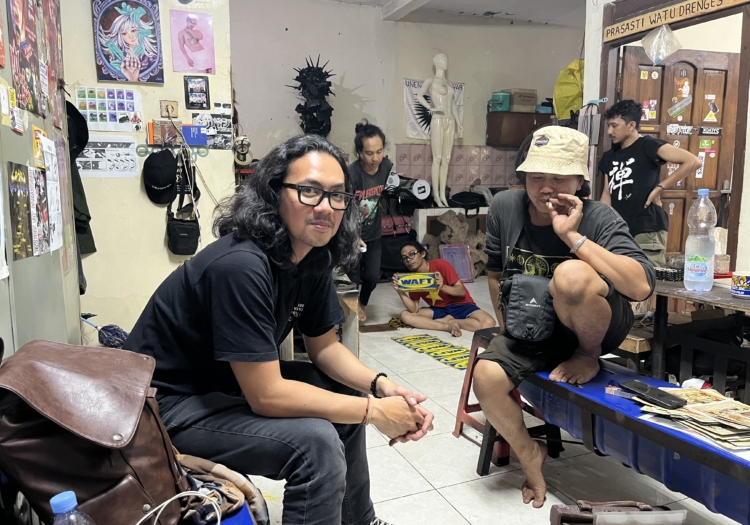
An "institute of contemporary arts" is,
as the name suggests,
a creative space where different art genres intersect
with a focus on contemporary art.
ICA Kyoto is an open, accessible platform
to facilitate resonance between Japan’s ancient capital,
with its deeply rooted traditional culture,
and global contemporary art trends, and provide a place
where people can work together to create new value.
NEWS
Information on events,
including talks and international symposiums hosted by ICA Kyoto,
as well as open calls for ICA Kyoto programs.

2025.11.26 Wed. ICA Kyoto TALK 061 “Sound and Media Art as the Foundation for Curatorial Practice” to be held.

Live Streaming of Keynote Lectures from the KYOTO Gathering for Asian Art Students

2025.10.21 Tue. ICA Kyoto TALK 060 “How I Became an Artist” to be held.
Speaker: SHIMABUKU (Artist / Japan)
PROGRAMS
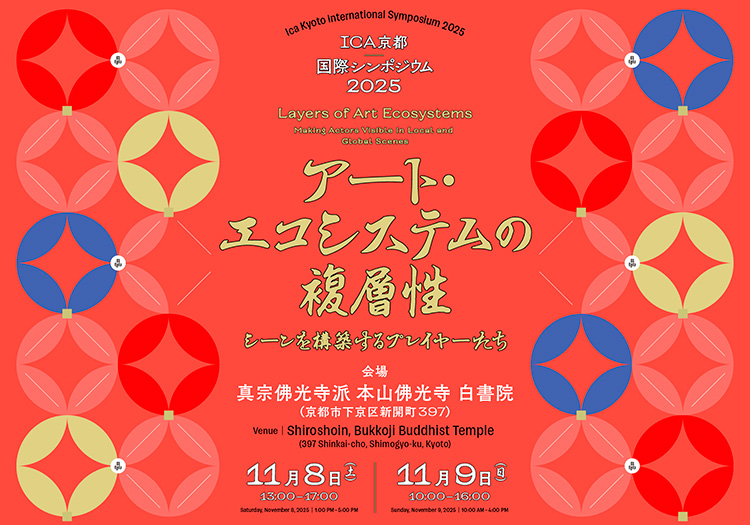
International Symposium
A platform that encourages international dialogue and interaction around contemporary art, while sharing concerns and issues from the global art world.
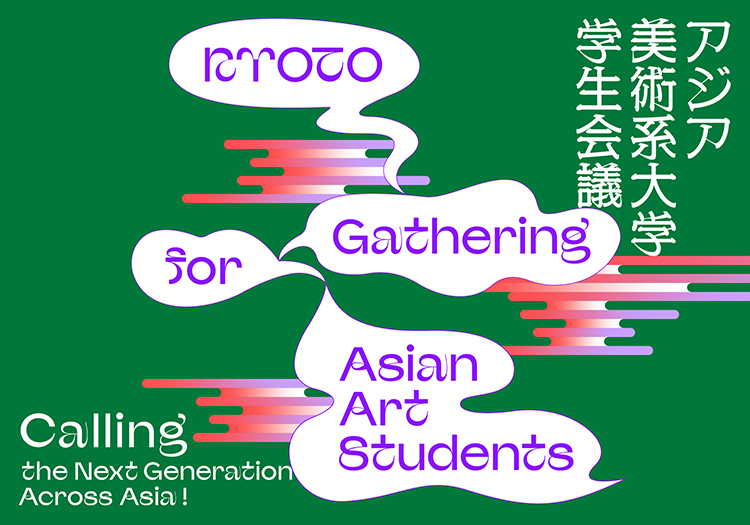
KYOTO Gathering for Asian Art Students
A student conference that brings together art students from across Asia to promote mutual understanding and cultivate next-generation networks.
ICA Kyoto Journal
ICA Kyoto Journal is a web journal that documents and publishes
ICA KYOTO’s activities and serves as a link between
the art scene in Kyoto and the global art scene.
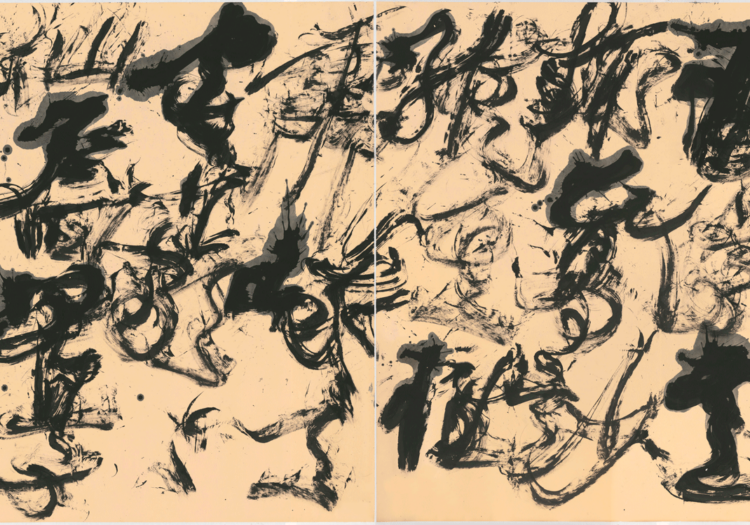
Cultural Currency 37
A discovery at Art Taipei 2025
By Shimizu Minoru
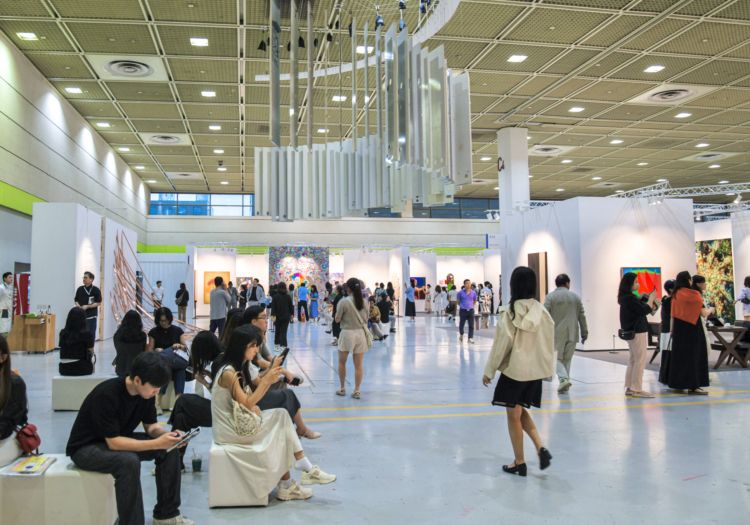
Differences: Shedding light on other cartographies in Korea
001 A shift away from “Korea=Seoul” to contemplate the South Korean art scene
By Konno Yuki

